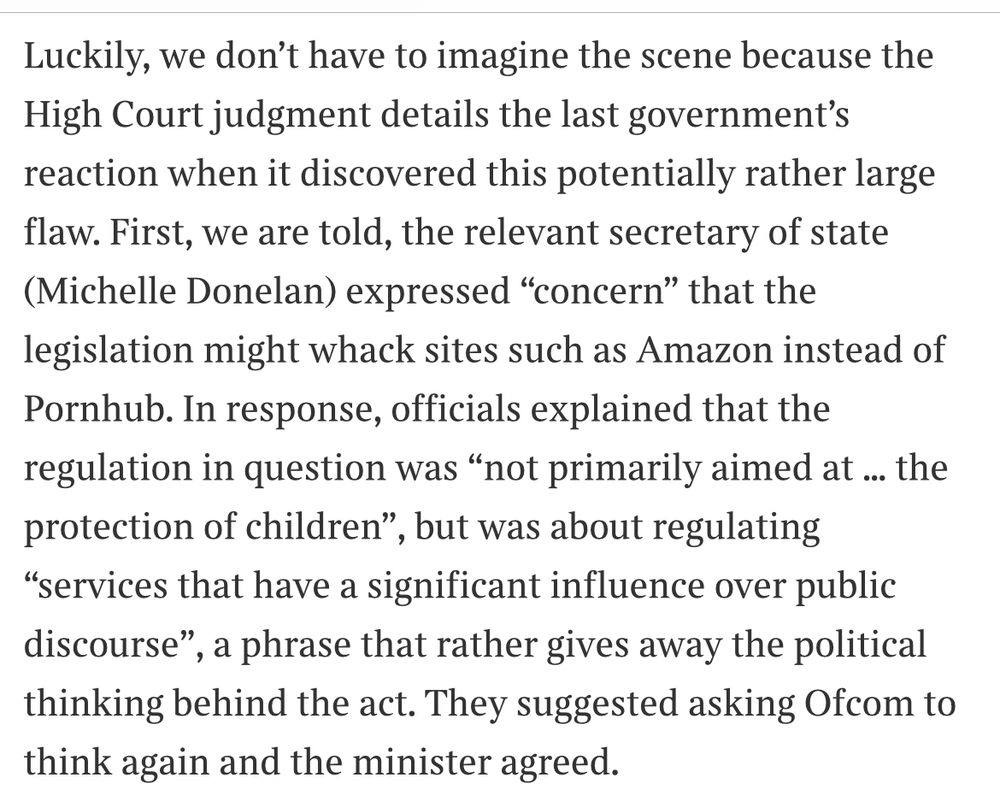Arrow Stork: Solving the Mystery of Bird Migration

The discovery of the Rostock Arrow Stork in 1822, a white stork with a 75cm spear embedded in its neck, revolutionized our understanding of bird migration. This single bird, carrying an African projectile, debunked theories of hibernation or transformation, proving conclusively that birds migrate long distances. While subsequent similar cases have been documented, they have decreased with the replacement of bows and arrows with guns. The Arrow Stork's legacy is a pivotal moment in ornithology, highlighting the wonders and mysteries of the natural world.























